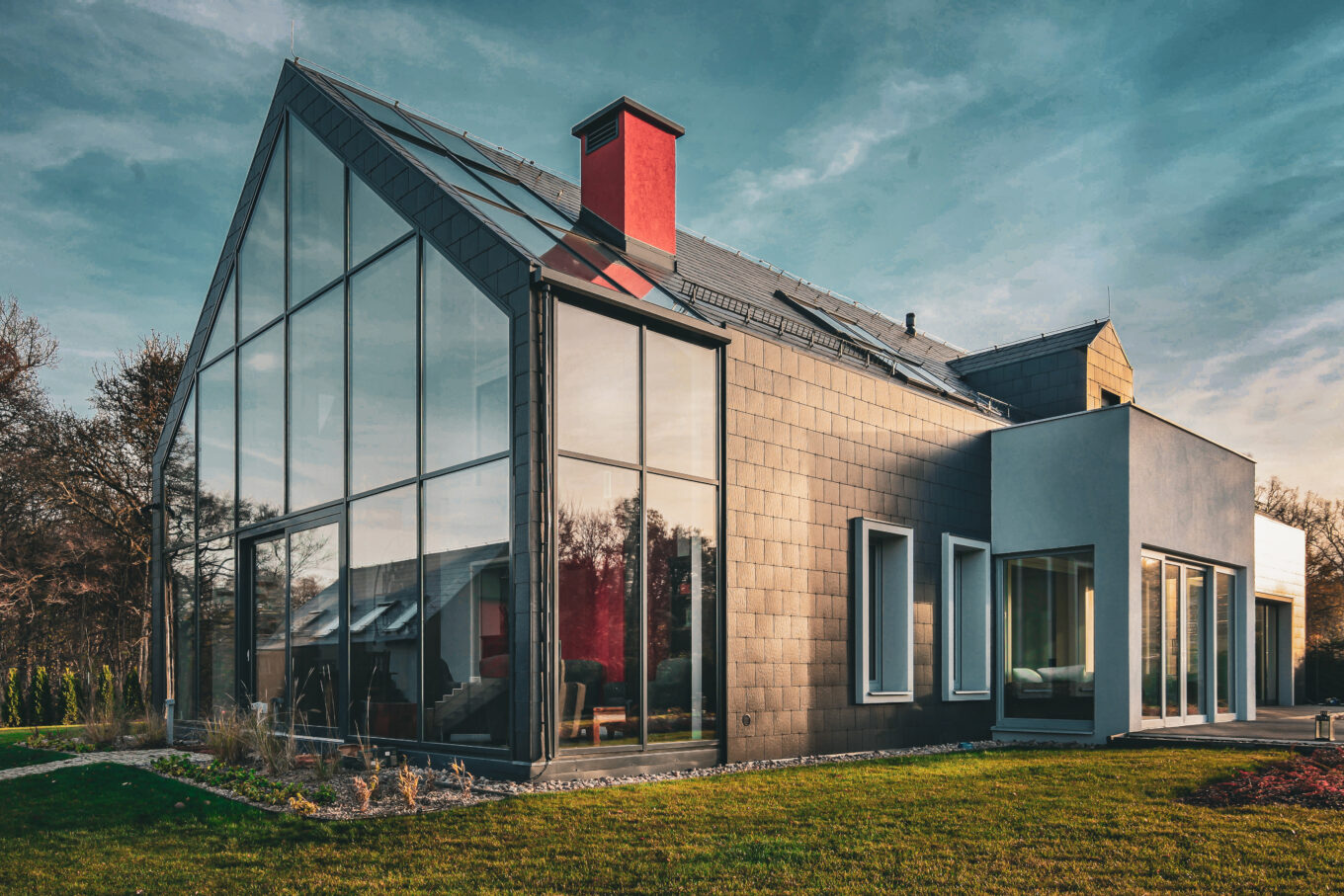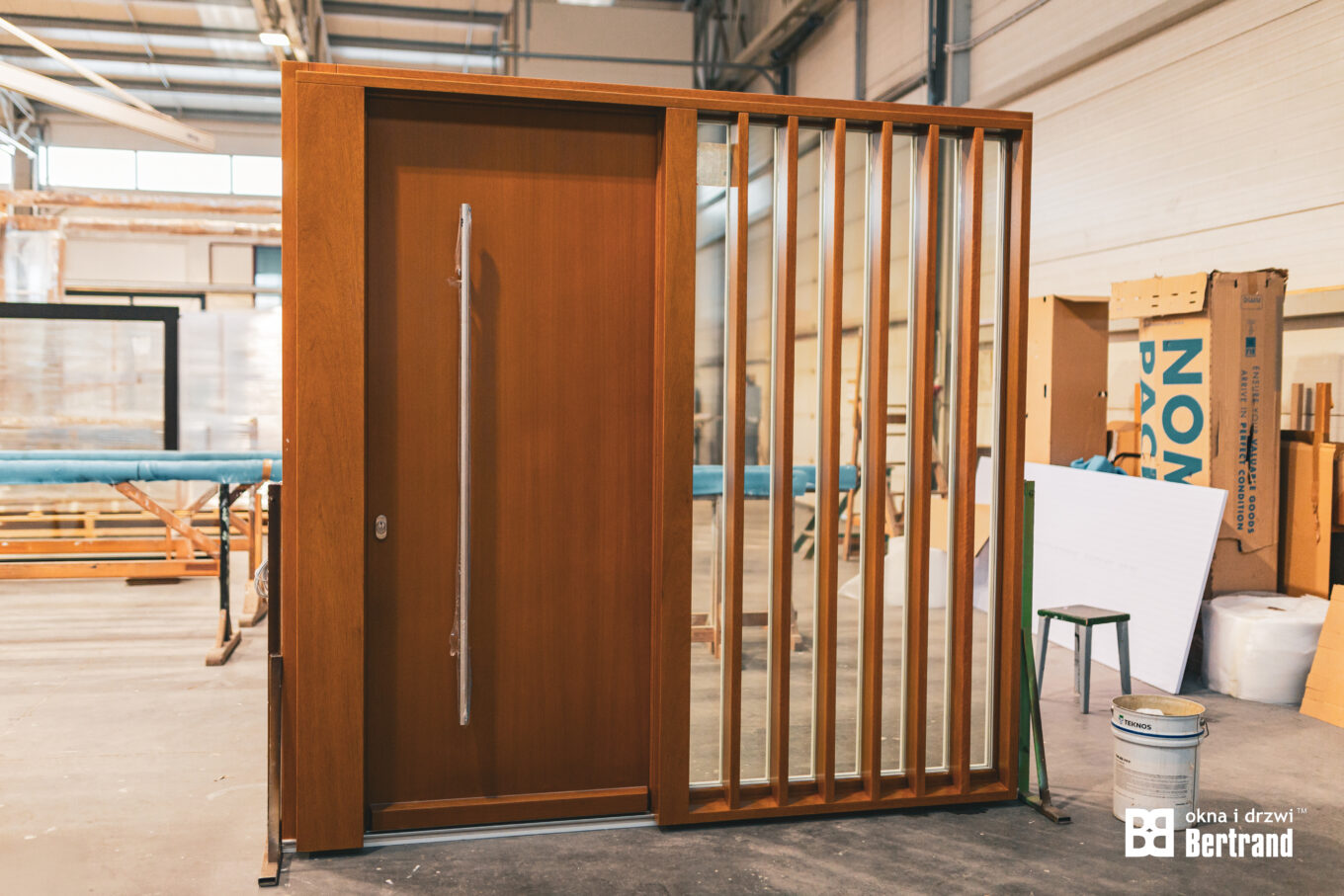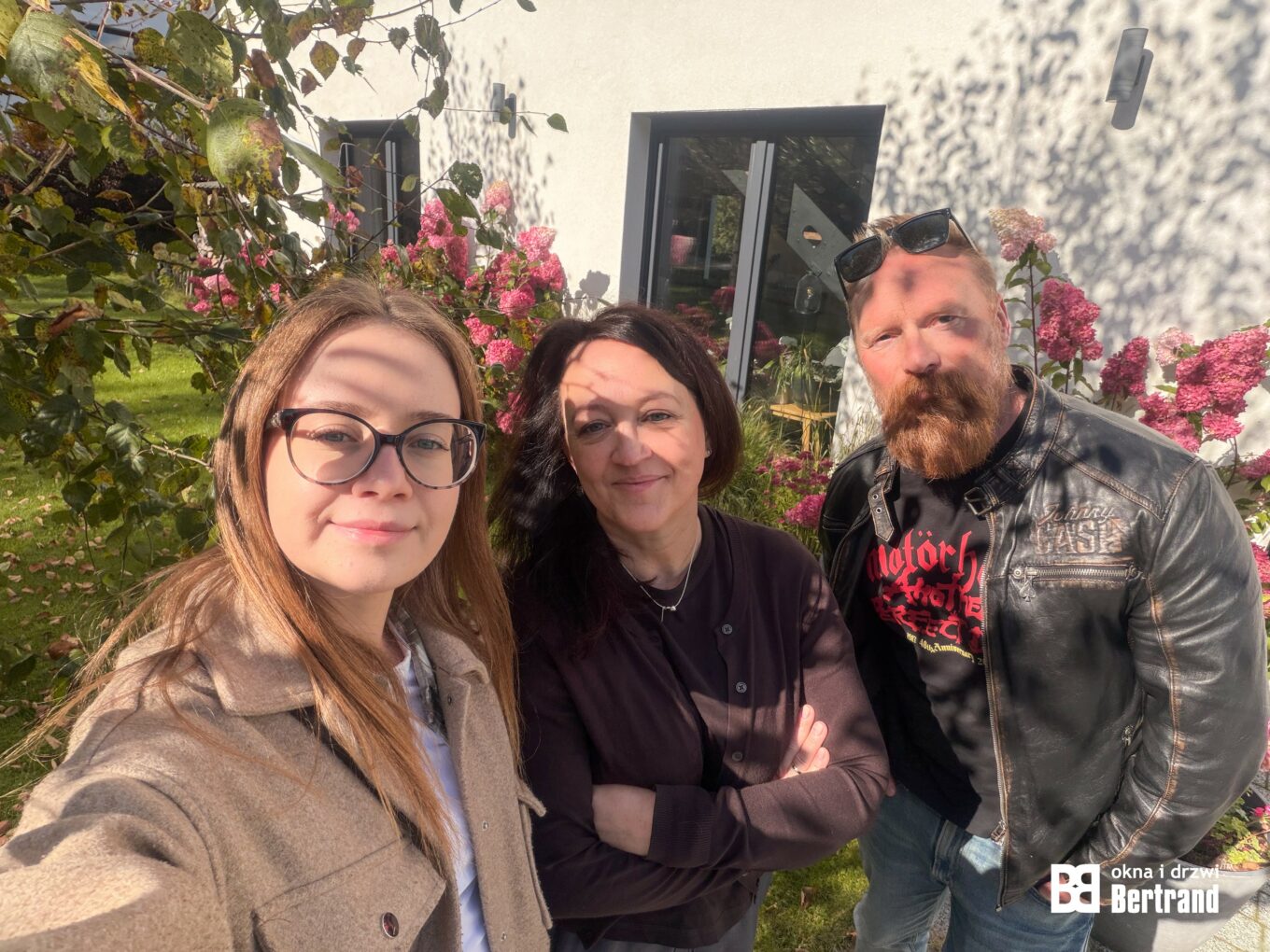Did you know that millions of birds die every year due to collisions with building windows? The problem is growing, especially in cities with a large number of tall buildings, such as office buildings. To prevent this, bird-friendly glass (eng. bird-friendly glass).

Birds cannot distinguish between the reflection of a tree or the sky and reality. Although low-reflective glass reduces the problem, it can still act like a mirror. Especially when it is light outside and dark inside. Additionally, some facade designs compound the problem, as the reflections become confusing to birds.
Bird-friendly glass has special patterns, such as lines or dots. As a result, they are visible to birds, but do not prevent people from observing the surroundings. Thanks to this, birds avoid obstacles, which significantly reduces the risk of collisions. In fact, this technology is used in new buildings and retrofitting older structures.

Cities like New York and Toronto have introduced bird-friendly glass regulations, which results in hundreds of thousands of birds being saved each year. This is undoubtedly a big step towards protecting the environment.
Similar problems affect young sea turtles. When intensive coastal development generates artificial light, young turtles become disoriented. Instead of heading towards the ocean, they head inland. To remedy this, turtle friendly glass (eng. turtle glass). This allows the glass to reduce light emissions towards the beach, which helps turtles reach the ocean safely.

In many regions where turtle conservation is a priority, regulations requiring the use of this type of glass have been introduced. As a result, the number of disoriented young turtles has been significantly reduced. Moreover, such actions show that urban development can go hand in hand with nature conservation.

In conclusion, bird and turtle friendly glass is a great example of how modern technology can support the environment. Overall, it helps to protect wildlife, ensuring that cities develop in harmony with nature.





